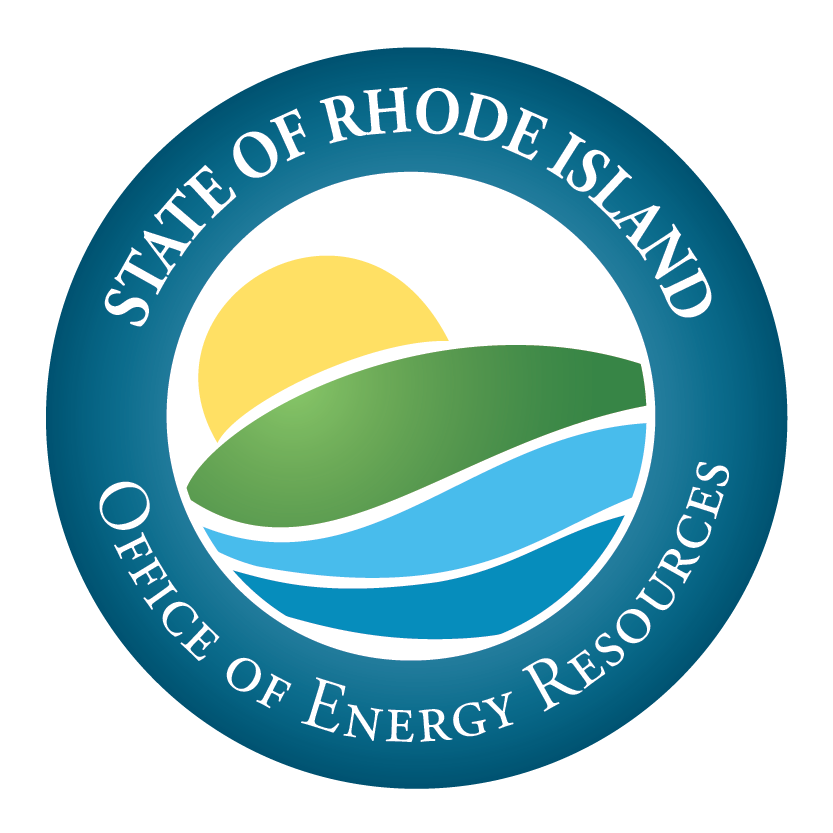Learn About Hydropower
Hydropower in Rhode Island
Hydropower systems convert the energy of water flowing downstream into electricity to generate power. In Rhode Island, limited hydropower resources exist due to the state’s flat, coastal terrain and small number of large rivers. Because of this, the principal opportunity to develop hydropower generation in Rhode Island lies in co-locating new projects on existing dams. Rhode Island waterways contain significant numbers of dams (more than 742 are known to exist); however, only a handful are likely suitable for development. Most studies estimate total state hydropower potential at approximately 10 to 20 MW. As of December 2016, seven permitted hydroelectric facilities exist in Rhode Island, with a combined authorized capacity of 6.7 MW.
Hydropower FAQs
Find answers to your questions about hydropower energy:
Hydropower systems convert the energy of water flowing downstream into electricity to generate power. Click here to learn more about how hydropower works.
In Rhode Island, limited hydropower resources exist due to the state’s flat, coastal terrain and small number of large rivers. Because of this, the principal opportunity to develop hydropower generation in Rhode Island lies in co-locating new projects on existing dams. Rhode Island waterways contain significant numbers of dams (more than 742 are known to exist); however, only a handful are likely suitable for development. Most studies estimate total state hydropower potential at approximately 10 to 20 MW. Rhode Island’s State Energy Plan suggests the state could develop a total of 13 MW of hydropower by 2035.
As of December 2016, seven permitted hydroelectric facilities exist in Rhode Island, with a combined authorized capacity of 6.7 MW.
Rhode Island consumes approximately 7,700 GWh of electricity each year. Assuming a 40% capacity factor, Rhode Island hydropower systems generate a total of about 23,000 MWh per year. Therefore, in-state hydropower systems currently supply roughly 0.3% of Rhode Island’s electricity needs.
Because water flows are variable, hydropower systems don’t produce power at their maximum capacity all of the time. A capacity factor is a ratio or percentage that represents a hydropower project’s actual energy output versus its maximum potential energy output. The value is typically reported as an annual figure, with the maximum potential energy output assuming the hydropower system could operate at its nameplate capacity continuously throughout the year. Hydropower systems located in areas with more hydropower resources have higher capacity factors. In Rhode Island, hydropower systems typically see capacity factors around 40%.
A 1 MW hydropower system in Rhode Island can power approximately 580 homes annually, assuming a 40% capacity factor and an average household use of 500 kWh.
A 1 MW hydropower system in Rhode Island can offset approximately 1,160 metric tons of carbon dioxide annually, assuming a 40% capacity factor and a New England carbon dioxide emissions rate of 730 lb/MWh. This is roughly equivalent to taking 250 cars off the road, assuming annual emissions per car of 4.7 metric tons of carbon dioxide.
Rhode Island offers a number of programs and incentives for hydropower. Click here to view which Rhode Island programs list hydropower as an eligible technology.
